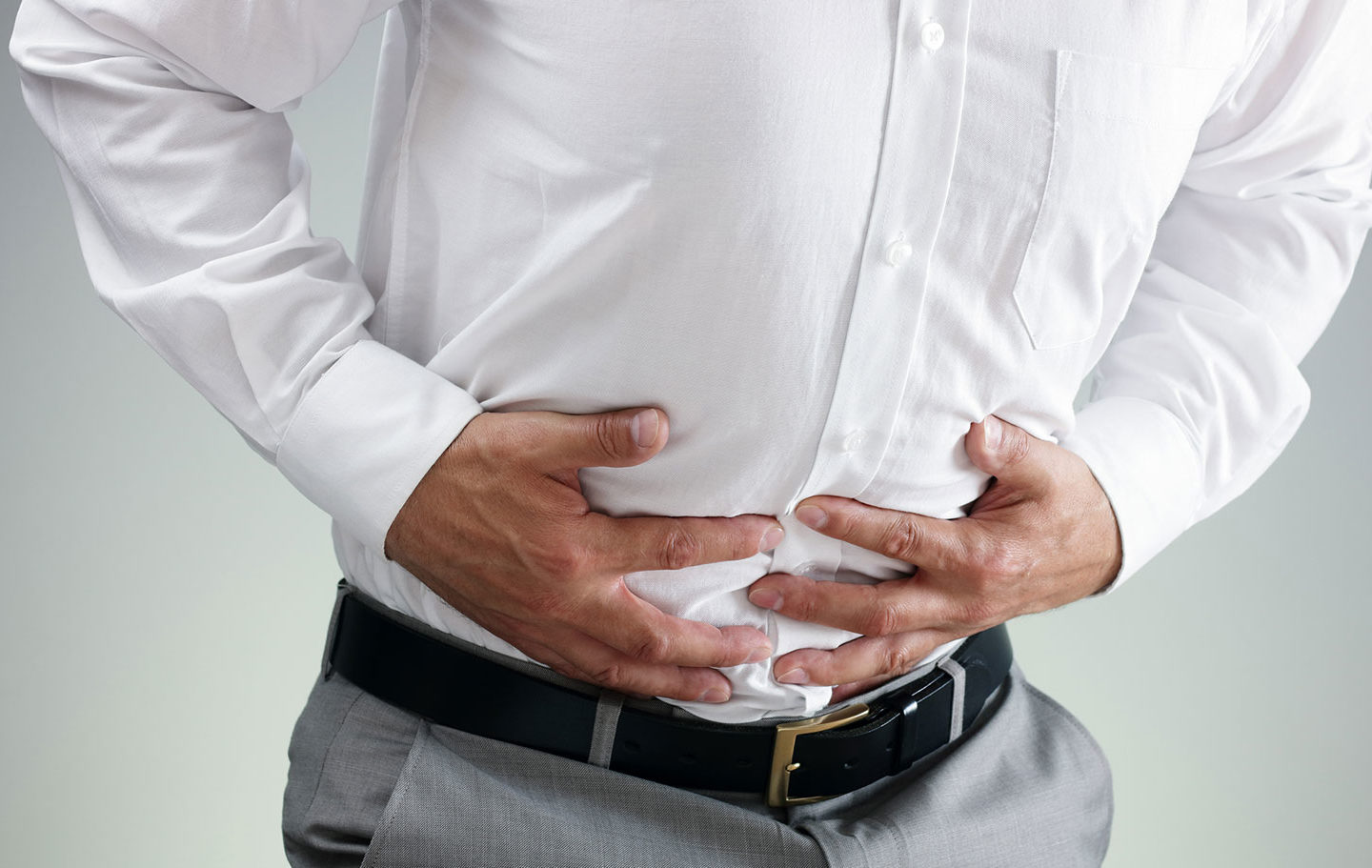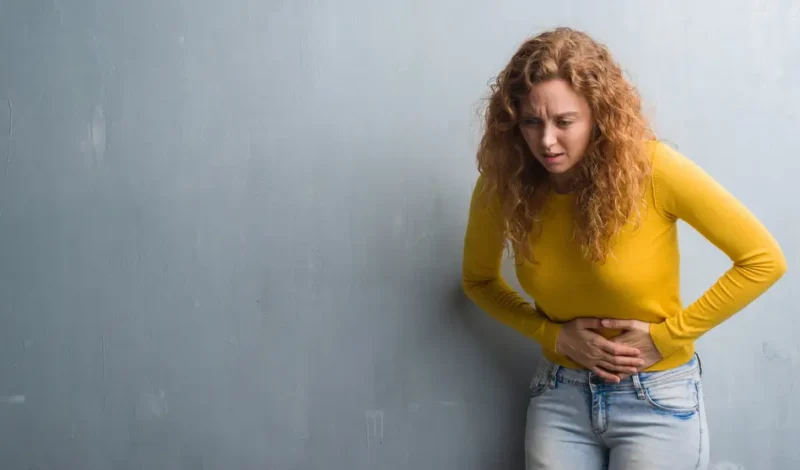Constant urge to stool, cramps, fever - the chronic inflammatory intestinal disease ulcerative colitis is unpleasant, painful and, in the worst case, [...]

Ulcerative colitis: How do relapses of the disease manifest themselves?
Complaints in the gastrointestinal tract can have a variety of causes. These can often be traced back to a gastrointestinal infection. Persistent or frequent cramps, diarrhoea, nausea or fever can also indicate chronic intestinal inflammation. These intestinal diseases include for example ulcerative colitis. It causes inflammation in the colon. The resulting symptoms manifest themselves in episodes that can be of varying severity. Living with ulcerative colitis is not easy, but with the right treatment, a relapse can be alleviated. What characterizes such a colitis-ulcerosa relapse and how long does it last? And is it possible to prevent future relapses?
Living with ulcerative colitis – What’s a relapse?
The chronic inflammatory bowel disease ulcerative colitis occurs in so-called relapses (chronic recurrent course). This means that the symptoms are not permanent, but manifest at irregular intervals. In between are complaint-free periods (remission). In most cases the disease develops slowly (chronic course), but it can also begin with sudden, very severe symptoms (acute course). In very rare cases the remission phases do not occur; only the intensity of the relapses differs (chronic-continuous course).
A colitis-ulcerosa relapse lasts several weeks or months up to years. The symptoms occur at completely arbitrary intervals and vary greatly in their duration depending on the individual circumstances of the affected person – depending on how far the disease has progressed. The severity of the inflammation provides information about which therapy measures are appropriate and necessary. They range from taking anti-inflammatory drugs to surgical interventions. The use of probiotic bacterial cultures has also shown promising success so far. The measures serve to alleviate current relapses and to avoid future relapses. The disease is not considered curable.
What characterizes a colitis-ulcerosa relapse?
The main characteristic of ulcerative colitis is a constant, unpleasant urge to stool, which is often slimy and bloody. Typical side effects are abdominal pain, physical exhaustion and fever. Due to diarrhoea, the affected person often loses weight and has to struggle with deficiency symptoms.
Depending on the course of ulcerative colitis, it is divided into one of three groups. This depends on how severe the symptoms are:
There is no fever, bleeding in the stool is rare and the number of diarrhoea does not exceed three times a day.
There is fever of up to 38 degrees Celsius, regular bleeding in the stool and the number of daily diarrhea is between four and six times a day.
The fever usually rises above 38 degrees Celsius, bleeding in the stool always occurs and the number of daily diarrhea is at least six times a day.
Usually inflammations of ulcerative colitis begin in the rectum. Depending on the progression and treatment of the disease, this can extend to the appendix. The inflammation affects the intestinal mucosa. The simultaneous formation of ulcers is not unusual in a colitis-ulcerosa episode. In contrast to Crohn’s disease, inflammations occur without gaps and over a wide area. Since it is difficult to distinguish between the two types of intestinal disease at first sight, an exact examination by the doctor is crucial for a correct diagnosis.
In addition, ulcerative colitis can be accompanied by further inflammation in other parts of the body, for example in the liver, gall bladder, oral mucosa or in the joints. Ulcerative colitis can also change the appearance of the skin.
The cause of ulcerative colitis and its relapses is not fully understood. Probably a number of factors play a role in the fact that the inflammations can develop. These include genetic factors, environmental influences as well as the individual interaction of the immune system with the intestinal flora. Ulcerative colitis leads to an unbalanced intestinal flora, which can ultimately lead to inflammation.
- Sources:
- Wehkamp, J., Götz, M., Herrlinger, K., Steurer, W., & Stange, E. F. (2016). Inflammatory Bowel Disease: Crohn’s disease and ulcerative colitis. Deutsches Aerzteblatt Online. doi:10.3238/arztebl.2016.0072
- Krankheitsverlauf bei Colitis ulcerosa (colitis-ulcerosa.net)
- Colitis ulcerosa: Symptome, Verlauf, Behandlung – gesund.bund.de
- Silva, J., Navegantes-Lima, K. C., Oliveira, A., Rodrigues, D., Gaspar, S., Monteiro, V., Moura, D. P., & Monteiro, M. C. (2018). Protective Mechanisms of Butyrate on Inflammatory Bowel Disease. Current pharmaceutical design, 24(35), 4154–4166. DOI: 10.2174/1381612824666181001153605
- Fedorak R. N. (2010). Probiotics in the management of ulcerative colitis. Gastroenterology & hepatology, 6(11), 688–690.



